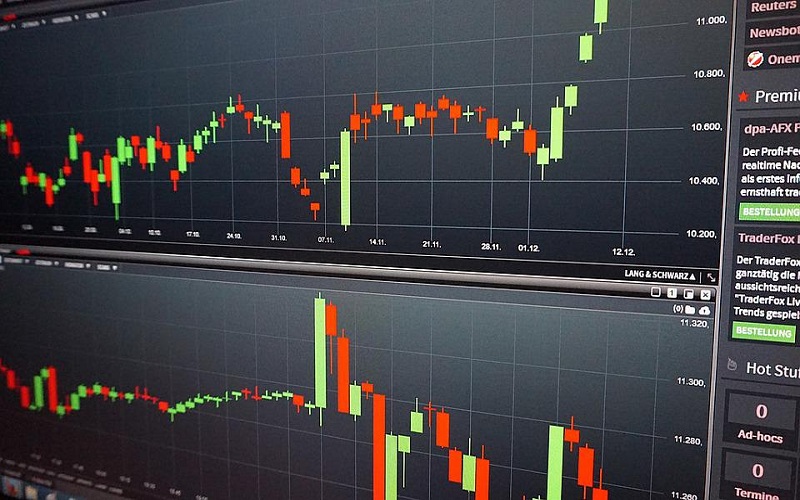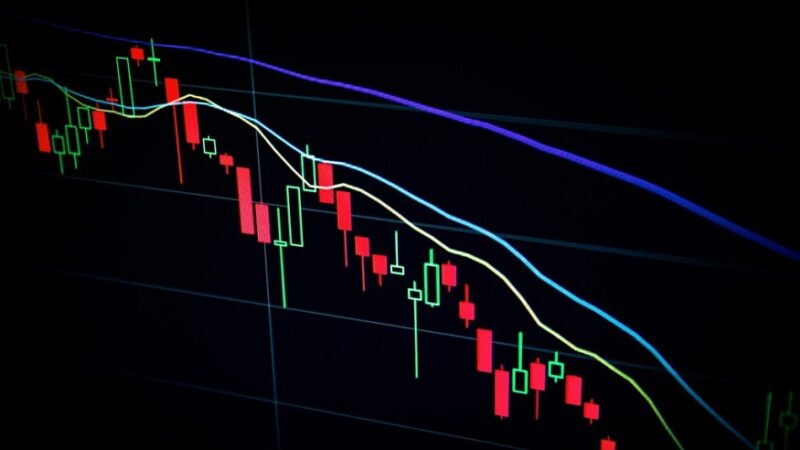How to Trade Major Forex Pairs Using CFDs

The foreign exchange market, commonly known as Forex, is the largest and most liquid financial market in the world. In recent years, Contracts for Difference (CFDs) have emerged as a popular trading instrument in the Forex market. CFDs allow traders to speculate on the price movements of various assets without owning the underlying asset itself. This article delves into the nuances of trading major Forex pairs using CFDs, exploring the fundamental concepts, strategies, and best practices to enhance your trading success.
Understanding Major Forex Pairs
Major Forex pairs are the most frequently traded currency pairs in the market. These pairs include the Euro against the US Dollar (EUR/USD), the British Pound against the US Dollar (GBP/USD), and the US Dollar against the Japanese Yen (USD/JPY), among others. Their prominence stems from the economic significance of the countries involved and the high trading volume they attract.
These major pairs exhibit specific characteristics that traders need to understand. For instance, they tend to have high liquidity, meaning that there are large amounts of buy and sell orders, which usually results in tighter spreads and less price manipulation. Additionally, these pairs often show a high degree of volatility, influenced by a range of factors including economic reports, central bank decisions, and geopolitical events.
Understanding the dynamics of major Forex pairs is crucial for effective Forex trading. By grasping how these pairs react to various market influences, traders can make more informed decisions and develop strategies that align with the market’s behaviour.
Basics of CFD Trading
One of the key features of CFDs is leverage. This means you can control a large position with a relatively small amount of capital. For example, with 10:1 leverage, you can control $10,000 worth of currency with only $1,000. While leverage can magnify potential profits, it also increases the risk of significant losses.
CFD trading offers the flexibility to take both long and short positions. This means traders can profit from both rising and falling markets. However, it’s essential to be aware of the risks involved, such as market risk, where the market moves against your position, and counterparty risk, where the broker may default. Effective risk management strategies are crucial to mitigating these risks.
Setting Up Your CFD Trading Account
Choosing the right broker is a pivotal step in CFD trading. A reliable broker should be regulated by a reputable financial authority, offer a user-friendly trading platform, and provide competitive spreads and low fees. It’s important to thoroughly research and compare different brokers before opening an account.
When setting up your CFD trading account, you will encounter various types of accounts tailored to different trading needs. Standard accounts are suitable for most traders, while mini and VIP accounts might offer additional features and benefits such as lower spreads or higher leverage. The account setup process typically involves submitting identification documents and undergoing a verification process to comply with regulatory requirements.
Analysing Major Forex Pairs for CFD Trading
Effective trading involves a thorough analysis of the Forex pairs you are interested in. Technical analysis is a crucial component, where traders use historical price data and technical indicators to forecast future price movements. Indicators such as moving averages, the Relative Strength Index (RSI), and the Moving Average Convergence Divergence (MACD) help traders identify trends, momentum, and potential reversal points.
Fundamental analysis complements technical analysis by evaluating the economic and political factors that can influence currency prices. Key economic indicators include interest rates, Gross Domestic Product (GDP), and employment figures. Central bank policies and geopolitical events also play significant roles in shaping currency values.
Combining technical and fundamental analysis allows traders to gain a comprehensive understanding of the market, enhancing their ability to make informed trading decisions. For instance, while technical indicators may suggest a buying opportunity, fundamental analysis might provide insight into whether this trend is likely to continue based on economic conditions.
Developing a Trading Strategy
A well-defined trading strategy is essential for success in CFD trading. Your strategy should include clear trading goals, such as specific profit targets and acceptable levels of risk. Developing a trading plan involves setting guidelines for when to enter and exit trades, as well as defining risk management measures like stop-loss and take-profit orders.
Different trading strategies can be applied to major Forex pairs. Trend-following strategies focus on identifying and riding established market trends while range-trading strategies involve buying at support levels and selling at resistance levels. Breakout strategies capitalise on price movements that occur when a currency pair breaks out of a defined range.
Conclusion
Trading major Forex pairs using CFDs offers significant profit opportunities, but it also requires a thorough understanding of the market and effective trading strategies. By comprehensively analysing Forex pairs, choosing the right broker, and developing a robust trading plan, you can enhance your chances of success in the CFD market. As you embark on your trading journey, remember the importance of continuous learning and practice.






